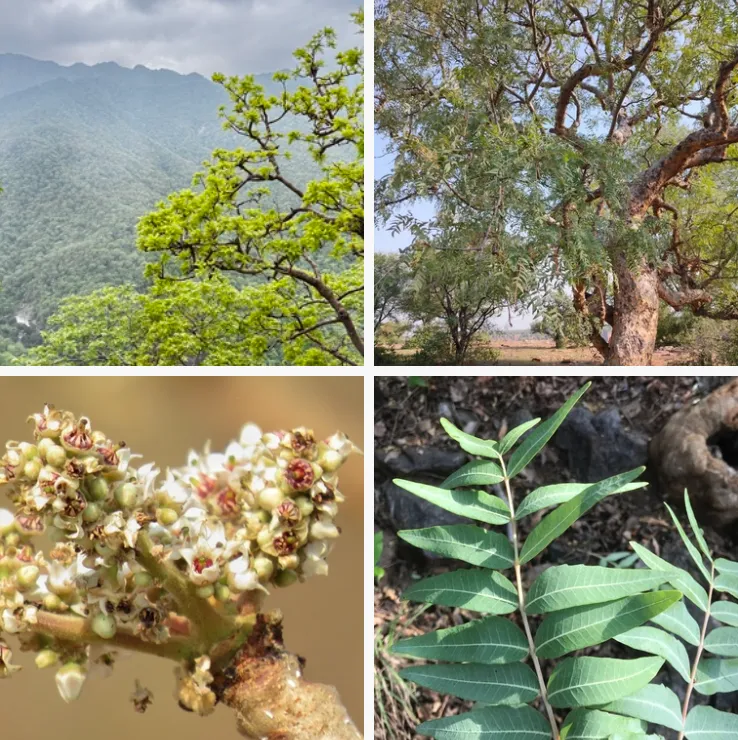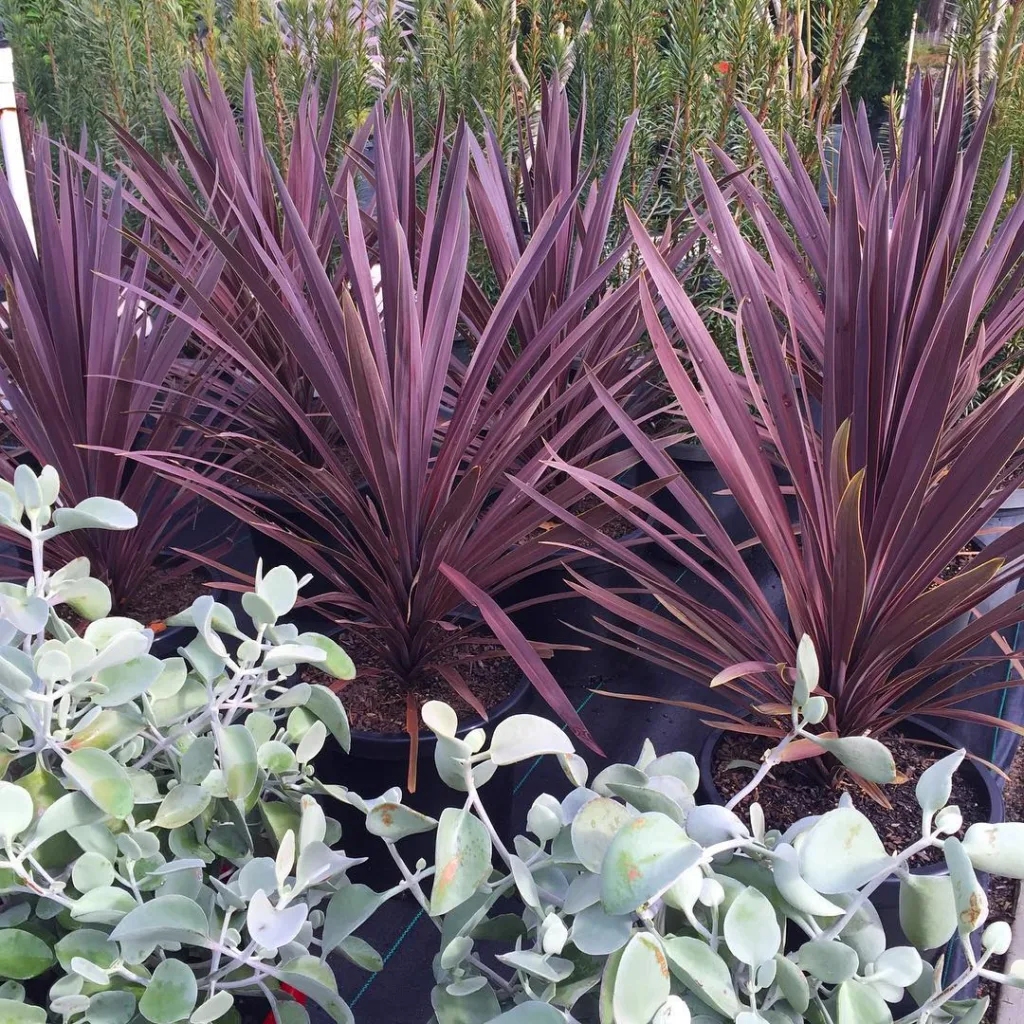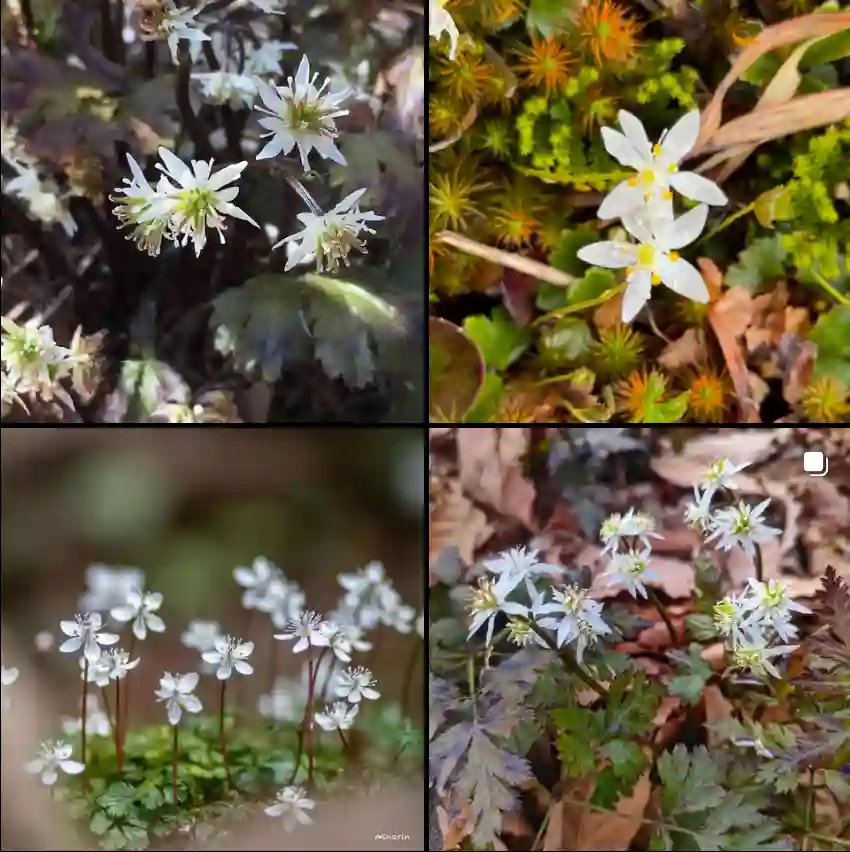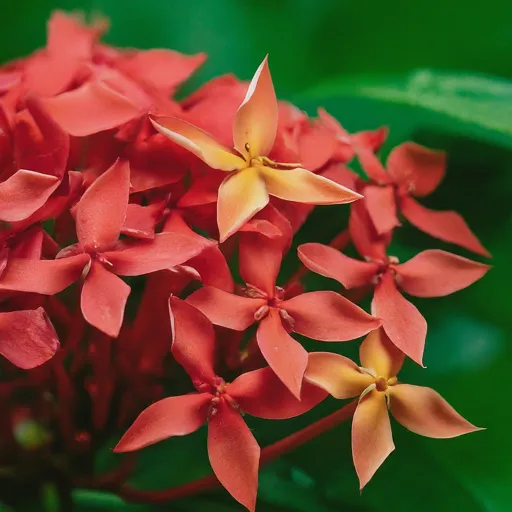Pouteria Caimito: Your Ultimate FAQ Guide
Pouteria Caimito, also known as the Star Apple, is a fascinating fruit tree that often piques the interest of both seasoned gardeners and those new to the horticultural world. Over the years, I’ve fielded countless questions about this tropical gem, and today, I’m diving into the most frequently asked questions about it.
What Is Pouteria Caimito?
Pouteria Caimito belong to the Sapotaceae family, is a tropical fruit tree native to the Caribbean and Central America. The fruit itself is named for its star-like pattern when sliced open, revealing a glossy, purple or green skin. The flesh inside is sweet and creamy, often compared to a cross between an apple and a custard.
Plant Family: 74 Genera in Sapotaceae
Where Can I Buy Pouteria Caimito Seeds Cheap?
If you’re looking to start your Pouteria Caimito journey, finding seeds at an affordable price is key. I’ve had success purchasing seeds from online marketplaces like eBay or Amazon. Additionally, specialty nurseries and tropical plant retailers often carry seeds or saplings. Sometimes local plant swaps or garden clubs also have seeds for sale at reasonable prices. Just make sure to choose a reputable seller to ensure the seeds are fresh and viable.
How to Care for Pouteria Caimito?
Caring for Pouteria Caimito requires a bit of attention to detail, but it’s rewarding. Here’s what I’ve learned:
- Climate: This tree thrives in tropical and subtropical climates. It needs warmth and plenty of sunlight to produce fruit.
- Soil: Well-draining soil is crucial. A mix of sandy loam with organic matter works well. Avoid waterlogged soil as it can lead to root rot.
- Watering: Regular watering is necessary, especially during dry spells. However, ensure the soil is well-drained to prevent overwatering.
- Fertilization: Feed your Pouteria Caimito with a balanced fertilizer every few months. This helps promote healthy growth and fruit production.
How to Propagate Pouteria Caimito?
Propagation of Pouteria Caimito can be done through seeds or grafting. I’ve had the best success starting from seeds. Here’s a brief guide:
- Seeds: Start seeds in a seed tray filled with a mix of peat and perlite. Keep the soil moist but not soggy. Once seedlings are large enough to handle, transplant them into individual pots.
- Grafting: This method is a bit more advanced but can be used to propagate varieties with desirable traits. Grafting involves joining a rootstock and a scion (a piece of the desired variety) so that they grow together as a single plant.
What to Plant with Pouteria Caimito?
Pairing Pouteria Caimito with companion plants can benefit both the tree and your garden. Consider planting:
- Marigolds: They help deter pests that might otherwise target your Pouteria Caimito.
- Herbs: Basil and mint can complement the tree by providing ground cover and repelling harmful insects.
Can You Grow Pouteria Caimito Indoors?
Growing Pouteria Caimito indoors is challenging due to its size and specific light and temperature needs. However, if you have a large, well-lit space or a greenhouse, it might be possible. Ensure it receives ample sunlight, and consider using a grow light if natural light is insufficient.
Is Pouteria Caimito Toxic?
Pouteria Caimito is not known to be toxic to humans or pets. The fruit is edible and enjoyed by many. However, always ensure that any plant or fruit you consume is properly identified and safe, as individual sensitivities can vary.
Benefits of Pouteria Caimito
Pouteria Caimito offers several benefits beyond its delightful taste:
- Nutritional Value: The fruit is rich in vitamins and minerals, including vitamin C, potassium, and dietary fiber.
- Aesthetic Appeal: With its glossy fruit and lush foliage, it makes an attractive addition to any tropical garden.
Common Problems with Pouteria Caimito
While Pouteria Caimito is relatively low-maintenance, it can encounter a few issues:
- Pests: Watch out for scale insects and aphids. Regular inspection and treatment with organic insecticides can help manage these pests.
- Diseases: Root rot can occur if the soil is too wet. Ensure proper drainage and avoid overwatering.
Compare with Other Similar Plants
Pouteria Caimito is often compared to other tropical fruit trees, such as the Mangosteen and Sapodilla. While all offer unique fruits, Pouteria Caimito stands out for its creamy texture and star-like appearance. Mangosteen is known for its tangy flavor, and Sapodilla has a more grainy texture. Choosing between them often comes down to personal taste and growing conditions.
In conclusion, Pouteria Caimito is a remarkable plant with a range of fascinating features and benefits. Whether you’re looking to grow it for its delicious fruit or its ornamental value, understanding its care and requirements will help you cultivate a thriving tree. If you have any more questions or need specific advice, feel free to reach out!
If i die, water my plants!



